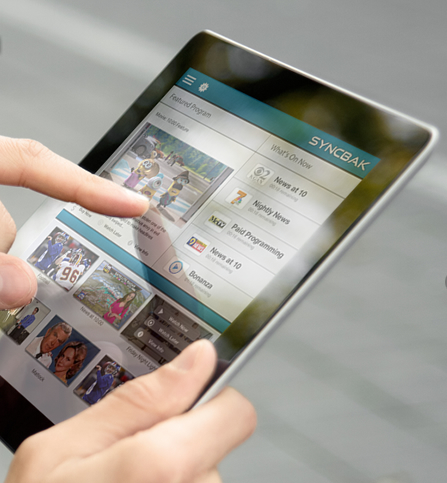CEA says mobile devices lead all electronics purchases
The mobility of electronic devices is on the fast track. Sales of tablets, smartphones, e-readers and wireless mobile hotspots are leading the markets, says a new study released this week by the Consumer Electronics Association (CEA).
The 15th Annual Household CE Ownership and Market Potential Study also found that consumer electronics (CE) spending is up for individuals (35 percent) and households (36 percent) over the last 12 months.
Sales of tablet computers are driving the growth and are up 17 percent this year. The CEA study also found household increased penetration rates for smartphones (12 percent), e-readers (10 percent) and wireless mobile hotspots (10 percent).
“For the first time in the 15 years we’ve conducted this survey, the top four products making headway in U.S. households are mobile devices,” said Kevin Tillmann, senior research analyst, market research at CEA. “We’re seeing overall household penetration rates for smartphones and tablets at 58 percent and 39 percent respectively, and we expect they will continue to dominate the marketplace in the coming year.”
Televisions are the most universally owned CE devices, with 98 percent of U.S. households owning at least one TV. In the last year, Internet-enabled TVs experienced a 9-point increase in household penetration rates, and can now be found in 38 percent of U.S. households.
Nearly three in four (74 percent) U.S. households report owning at least one HDTV. Among HDTV sets, LCD TVs remain the preferred choice, with more than six in 10 (61 percent) U.S. households owing at least one LCD TV.
Nearly 43 million U.S. households (36 percent) subscribe to video rental and streaming services, and another 15 percent of households said they expected to subscribe to at least one of these services in the year ahead.
The professional video industry's #1 source for news, trends and product and tech information. Sign up below.
Video subscription services are expected to continue to grow as these services evolve. Internet phone, digital file back-up and music subscription services all experienced 5-percentage-point increases over 2012 levels.

As these numbers grow, broadcasters are making attempts to move their content to mobile screens. The CBS network announced this week that it has invested in its mobile content partner, Syncbak. The amount of the investment was not disclosed.
Syncbak uses location-based authentication technology, enabling local television stations to stream their signal to in-market consumers. Even with the CBS investment, Syncbak will continue to offer its platform to other broadcast networks and their station groups.
“We have admired and worked with Syncbak’s CEO Jack Perry since the mid-’90s,” said Martin D. Franks, executive vice president of Planning, Policy and Government Affairs for CBS Corp. “As an executive, he’s as knowledgeable about emerging technologies as he is about broadcasting.
“Over the last couple years, we have worked with Jack as he developed Syncbak’s very elegant technology platform, which presents several interesting opportunities for broadcast networks, their stations and affiliates. We look forward to collaborating with him as we move the initiative forward.”
Syncbak’s technology is being tested by more than 100 television stations in 70 markets across 31 broadcast groups representing all major networks, including CBS, ABC, FOX, NBC and The CW Network. Other investors include the NAB and the Consumer Electronics Association.
